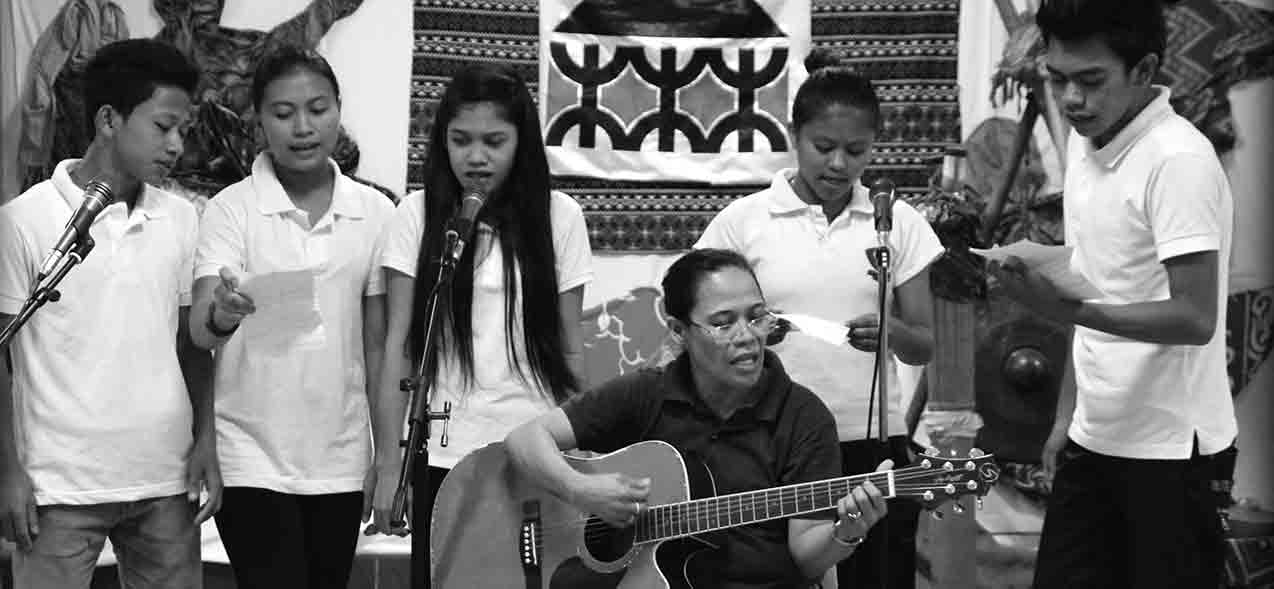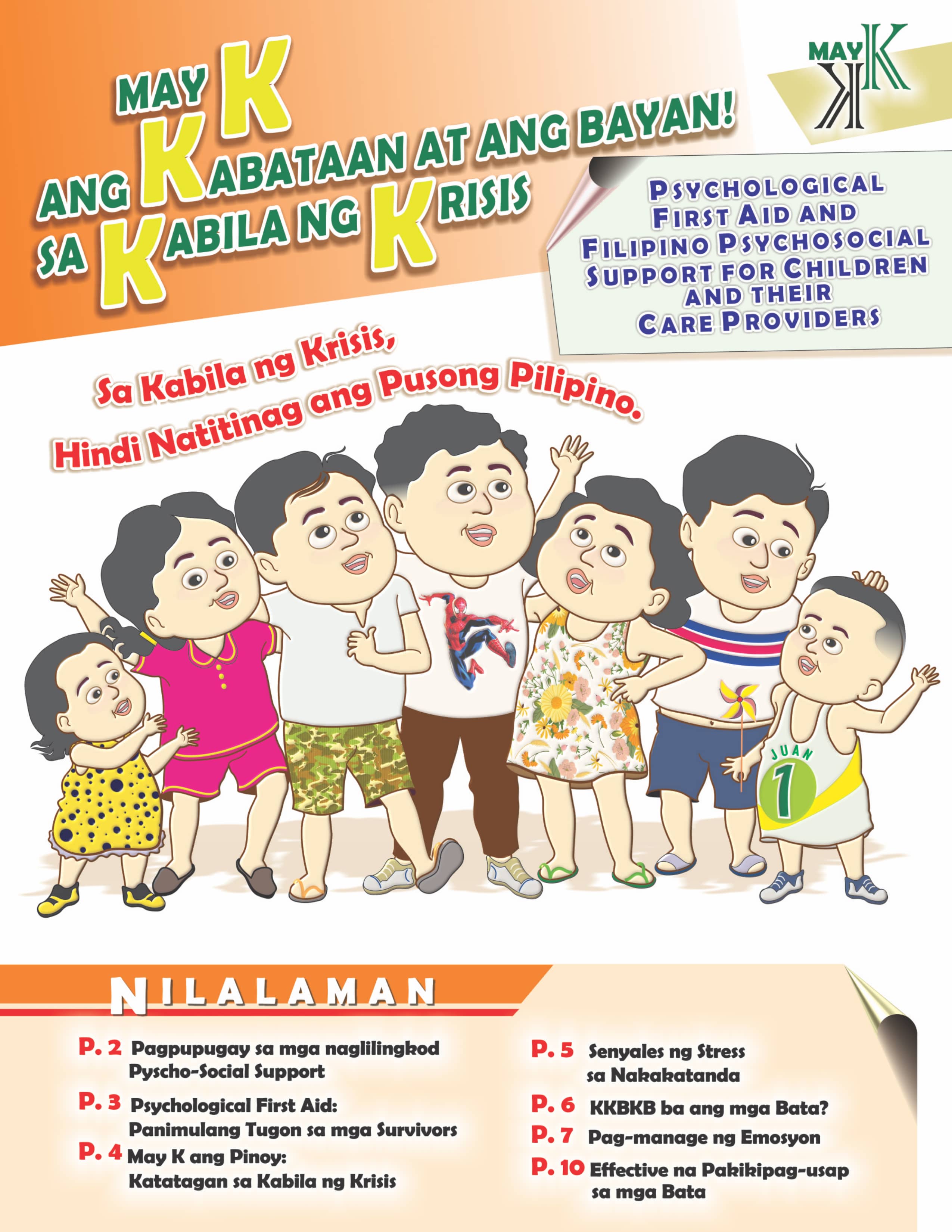Balay's disaster response has covered more than 3,300 school children in 10 barangays in Monkayo and Trento. The schools reached by our activities are the following: 17 elementary schools, 2 high schools, and 22 daycare centers. Our partner teachers, including the daycare workers, count to 186. We have already conducted 34 psychosocial support sessions in all covered schools alongside supplemental feeding. The number of adults who benefited from the same activities are almost 1,000. We have also distributed almost 100 tarpaulins in our partner schools which they used for their temporary learning spaces, or to cover their classrooms whose roofing were blown away.
Teachers we interviewed said that the feeding and psychosocial activities have encouraged children to go back to school. Attendance rate that we have monitored stands at around 82-85%. This is remarkably high considering the devastation suffered by the affected communities. However, we also noted that older children have not been consistently going to school as they are compelled to work in "birada" or hauling of fallen logs to generate income for their families. Some have engaged in gold panning or "tiktik ginto," a form of tunneling to extract precious metals for a living.
Prior to our intervention, teachers said many children are unusually 'pasaway' and 'matigas ang ulo.' Most are restless, and have a very short attention span in class. Anxiety also runs high among them. Incidence of conflicts have also been notable between children, according to teachers. All this are apparently attention-seeking behaviors that are often observed among children in distressful condition. Our play and art activities have provided a therapeutic opportunity for the children to come to dispel their negative thoughts and emotions associated with their traumatic experience. As a result, they obtained some psychological relief and have somehow gained a certain understanding about their extreme experience with the knowledge that the 'situation is under control' and that they can trust the people around them as they have the same experiences and that they are being cared for. The psychosocial activities have helped to lift their sense of isolation and uncertainty which result to the recovery of their cognitive, emotional and behavioral skills.
As our sessions also introduced basic concepts on disasters and preparedness, the children are now more aware what to do to reduce the risk of suffering when a calamity strikes. This includes listening to radio, and helping to pack clothing, food, toys, records, flashlight and learn when to seek refuge with adults as preparedness measures.
In some barangays, we have suggested that they put premium on disaster monitoring and preparedness and consider relocation sites for households along hazardous areas. Such as along the river or in landslide prone places.
Our team collaborates with the Department of Education and the DSWD. They join occasional inter-agency meetings convened by international humanitarian agencies as well. Reports shared by DepEd contacts indicate that most international organizations are concentrating on the same areas, especially those that have been widely reported in the media. They say that it results to uneven distribution of services to the affected population. As far as we know, Balay is one of a handful of national NGOs that operate in Trento. In Monkayo, it appears that Balay is the only NGO that sustained its services in some of the schools and communities that we covered. Despite our limited resources, we figured that we may have actually covered around 25% of the elementary schools in that municipality.























